Printable PDF - Tessenderlo Group
Printable PDF - Tessenderlo Group
Printable PDF - Tessenderlo Group
Create successful ePaper yourself
Turn your PDF publications into a flip-book with our unique Google optimized e-Paper software.
‘Improving productivity and cutting production costs are still the key factors for<br />
success, especially against an international backdrop involving new, formidable<br />
competitors, such as China. The division constantly focused on meeting this<br />
challenge in the past year. If we continue our efforts, I firmly believe that<br />
<strong>Tessenderlo</strong> <strong>Group</strong> will, in the long run, be able to further strengthen its<br />
position.’<br />
Inorganic Chemicals<br />
2003 2002<br />
Turnover 534 611<br />
(millions EUR)<br />
Ebitda 39 71<br />
(millions EUR)<br />
Tangible investments 18 20<br />
(millions EUR)<br />
Headcount 1,816 2,005<br />
Activities and products of the electrolysis unit<br />
Turnover<br />
(millions EUR)<br />
94 95 96 97 98 99 00 01 02 03<br />
The <strong>Tessenderlo</strong> <strong>Group</strong>’s electrolysis units produce 300,000 tonnes of chlorine annually. Most of this is used<br />
internally for the production of monovinyl chloride (VCM), which is the precursor of polyvinyl chloride (PVC),<br />
and for the chlorination of toluene and benzene.<br />
The chlorine production also generates around 100,000 tonnes of caustic potash and more than 235,000<br />
tonnes of caustic soda annually. Caustic potash is mainly used in the production of potassium nitrate and<br />
potassium phosphates, followed by applications for food and fertilisers, alkali batteries, de-icing products for<br />
airport runways, detergents and the chemical industry.<br />
Caustic soda is used in water purification and the manufacture of soap and detergents. It is also used in the<br />
chemicals sector and in the aluminium and paper industries.<br />
These basic products of the electrolysis units moreover have various derivatives with a wide range of applications,<br />
from photography and the food sector to water treatment and ore extraction.<br />
Alongside the classic electrolysis products, ferric chloride and aluminium chloride are also prepared on the<br />
basis of chlorine, both indispensable in the rapidly expanding water treatment sector.<br />
700<br />
600<br />
500<br />
400<br />
300<br />
200<br />
100<br />
0<br />
534<br />
23



![Slides [PDF, 378.59 Kb] - Tessenderlo Group](https://img.yumpu.com/49205668/1/190x143/slides-pdf-37859-kb-tessenderlo-group.jpg?quality=85)
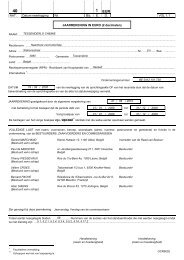

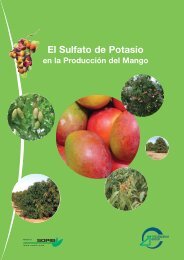
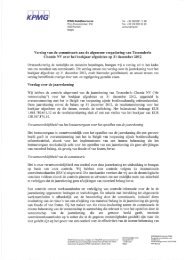

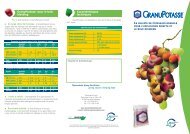
![Investor Seminar Presentation [PDF, 997.72 Kb] - Tessenderlo Group](https://img.yumpu.com/45992427/1/190x143/investor-seminar-presentation-pdf-99772-kb-tessenderlo-group.jpg?quality=85)


![Talking SOP May 2013 [PDF, 735.49 Kb] - Tessenderlo Group](https://img.yumpu.com/41045284/1/184x260/talking-sop-may-2013-pdf-73549-kb-tessenderlo-group.jpg?quality=85)
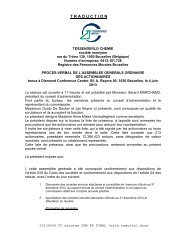

![Talking SOP September 2012 [PDF, 673.84 Kb] - Tessenderlo Group](https://img.yumpu.com/37691694/1/184x260/talking-sop-september-2012-pdf-67384-kb-tessenderlo-group.jpg?quality=85)
![Annual Report 2008 English [PDF, 2.69 MB] - Tessenderlo Group](https://img.yumpu.com/37691533/1/184x260/annual-report-2008-english-pdf-269-mb-tessenderlo-group.jpg?quality=85)